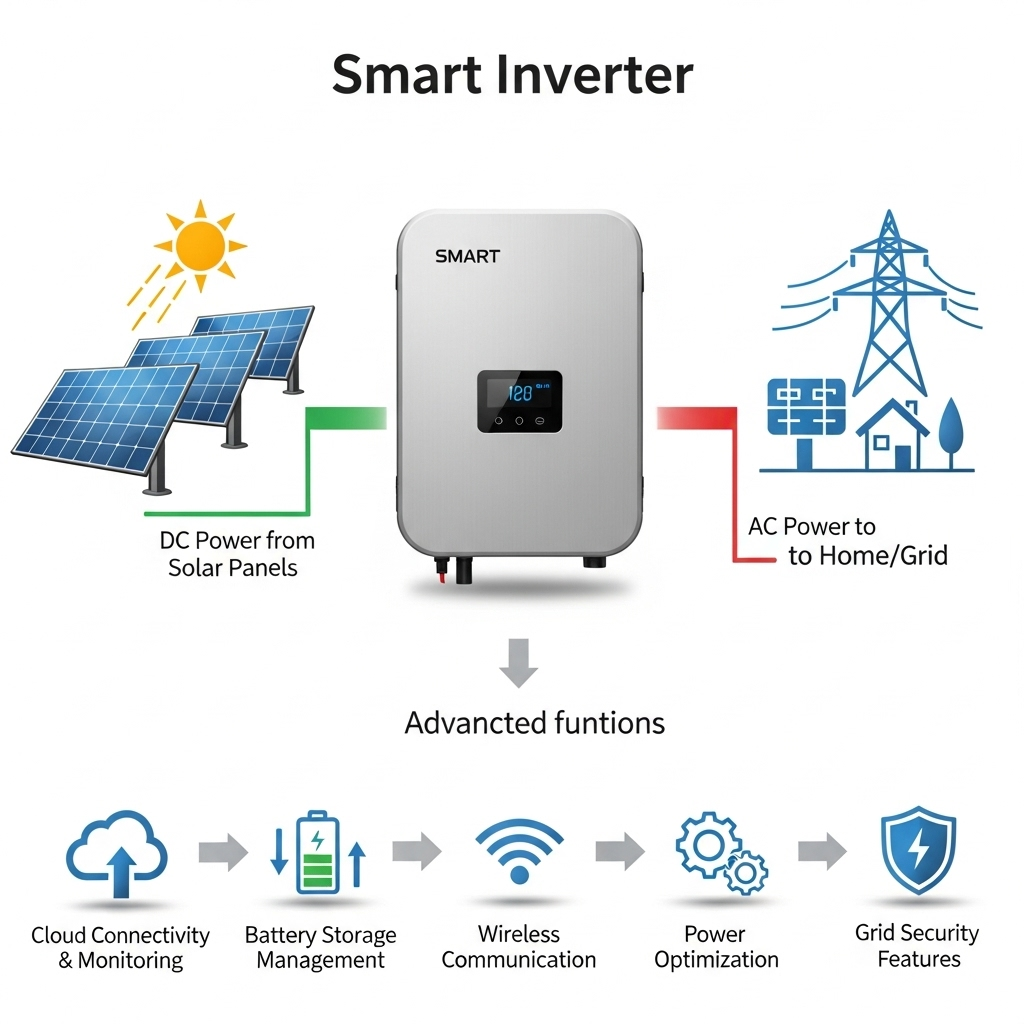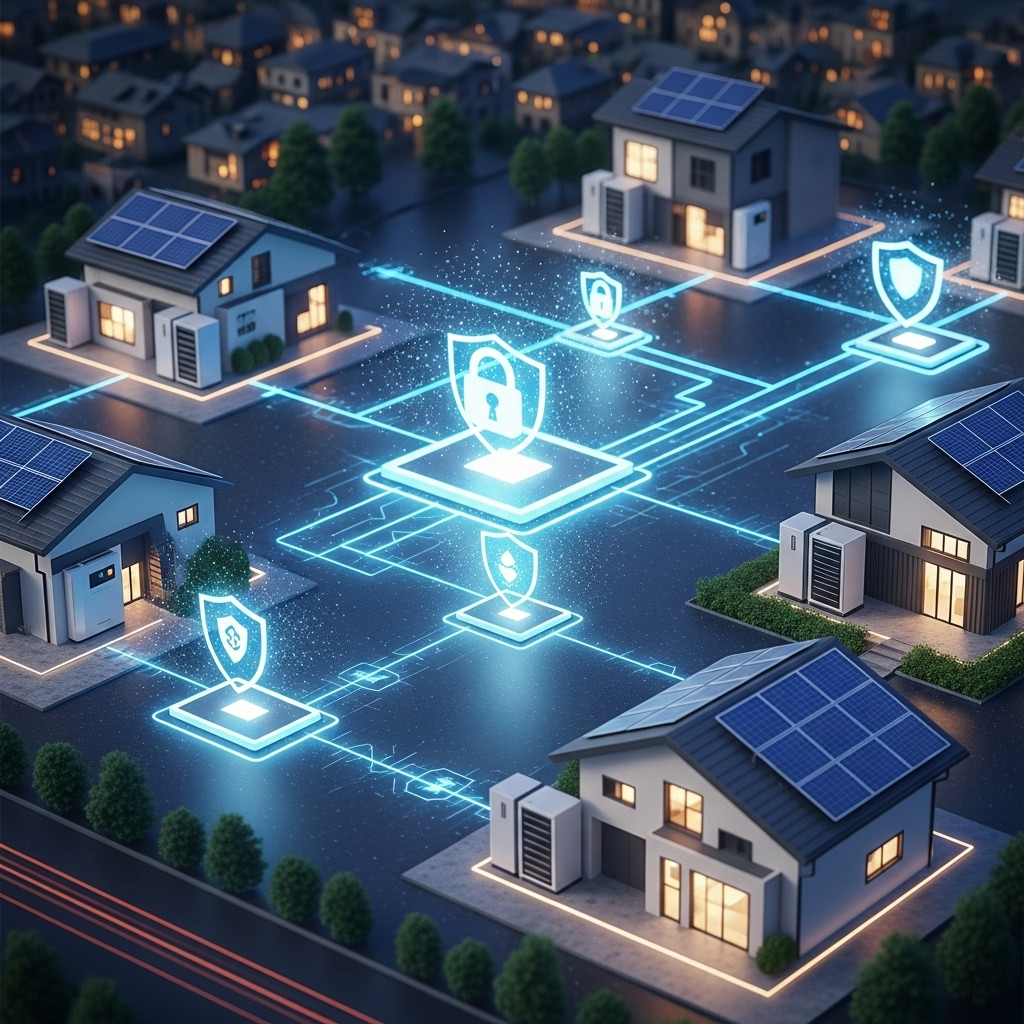International energy agreements are more than just diplomatic headlines; they are actionable roadmaps for solar developers. The strategic collaboration between the European Union, the United States, and India is creating a powerful new landscape for renewable energy projects. These pacts unlock funding, streamline supply chains, and accelerate technology adoption. This playbook provides a clear path for developers to identify and capitalize on the opportunities emerging from these critical international energy agreements.
Understanding the Strategic Landscape of Energy Pacts
Major global powers are forming partnerships to secure their energy future and meet climate goals. For a solar developer, knowing the details of these agreements is the first step toward leveraging them for project success. These pacts create a more stable and predictable environment for investment and development.
The U.S.-India Strategic Clean Energy Partnership (SCEP)
Launched in 2021, the SCEP establishes a framework for technical, financial, and policy collaboration between the United States and India. This is not just a statement of intent; it has produced tangible results. According to the IEA's Energy Technology Perspectives 2024, the partnership has facilitated significant investment. For instance, the U.S. International Development Finance Corporation extended a $425 million loan to an Indian company and a $500 million loan to a U.S. company to build solar cell and module manufacturing facilities in India. For developers, this signals strong financial backing for projects that strengthen the clean energy supply chain.
The EU's Role: Strategic Partnerships and Technology Roadmaps
The European Union is actively pursuing energy diversification through strategic partnerships and clear technology goals. Initiatives like the Strategic Energy Technology (SET) Plan and the Solar Thermal Electricity European Industrial Initiative (STEII) are central to this effort. As detailed in the IEA's Technology Roadmap - Concentrating Solar Power, these programs aim to accelerate the development and deployment of advanced solar technologies. This creates opportunities for developers working on concentrating solar power (CSP), innovative grid integration solutions, and cross-continental R&D projects with European firms.
India's National Solar Mission and Global Collaboration
India's ambitious National Solar Mission sets high domestic targets for solar capacity. International pacts are crucial for achieving these goals by attracting foreign technology and capital. The demand for reliable power is surging, particularly in developing nations where electricity is often used for essentials like heating water. The IEA's Technology Roadmap - Solar Heating and Cooling report highlights that mature solar technologies can meet this demand affordably. Developers who align their projects with these national priorities and leverage international support are positioned for success.
A Practical Playbook for Solar Developers
Understanding the policy is one thing; acting on it is another. Here is a practical approach for developers to translate these international agreements into concrete business opportunities.
Identifying Financial Incentives and Funding Streams
These energy pacts often come with dedicated funding mechanisms. The SCEP, for example, has mobilized capital through the U.S. DFC. Developers should actively monitor announcements from development finance institutions like the DFC and the European Investment Bank. These agreements create favorable conditions that de-risk investments, making it easier to secure Power Purchase Agreements (PPAs) and attract private capital. Your action plan should include regularly tracking the funding windows and project calls from these institutions.
Navigating Supply Chain and Manufacturing Opportunities
A key objective of recent energy pacts is to build resilient and diversified supply chains. The U.S.-India partnership's focus on funding new manufacturing facilities is a prime example. This move aims to reduce reliance on a single geographic region for solar components. For developers, this opens doors to establishing or partnering with manufacturing plants in strategically important locations like India. Exploring joint ventures or sourcing from these newly supported facilities can provide a competitive edge and supply chain security.
Leveraging Technology Transfer and R&D Collaboration
International agreements are powerful catalysts for innovation. They facilitate the sharing of best practices and sponsor joint research on topics like grid integration, advanced materials, and energy storage. Developers can benefit by participating in workshops and technical sessions sponsored under these pacts. Engaging with bodies like the European Solar Alliance, mentioned in IEA reports, provides a platform to connect with R&D leaders and gain early access to next-generation technologies that can improve project efficiency and performance.
The Critical Role of Energy Storage in International Projects
As solar power generation scales up globally, integrating it smoothly into national grids becomes a top priority. Energy storage is the key technology that makes this possible, transforming intermittent solar power into a reliable, 24/7 resource.
Grid Stability and Interconnection Challenges
High penetration of solar can introduce variability into the grid, creating challenges for system operators. As noted in the IEA's Integrating Solar and Wind publication, technologies that provide grid services like frequency containment reserve (FCR) are becoming increasingly important. Energy Storage Systems (ESS), especially those equipped with advanced Energy Management Systems (EMS), can provide these services, ensuring the grid remains stable and reliable even with a high percentage of renewable energy.
Pairing Solar with Advanced Storage Solutions
An integrated solar and storage system is far more valuable than a standalone solar installation. Pairing photovoltaic panels with high-performance LiFePO4 (Lithium Iron Phosphate) batteries creates a dispatchable asset that can deliver power whenever it is needed. This significantly enhances a project's bankability and aligns perfectly with the goals of international pacts, which prioritize reliable and secure clean energy. To design a bankable project, you must accurately model system performance. Understanding key metrics is crucial, and you can use the ultimate reference for solar storage performance to evaluate factors like cycle life and depth of discharge, which directly affect a project's long-term revenue and return on investment.
| Feature | Solar PV Only Project | Solar PV + Storage Project |
|---|---|---|
| Grid Dependability | Intermittent; power only during the day | Consistent; power available 24/7 |
| Revenue Streams | Energy sales (PPA) | Energy sales + Grid services (e.g., frequency regulation) |
| Project Bankability | Lower; subject to intermittency risk | Higher; provides reliable, dispatchable power |
| Grid Impact | Can cause instability at high penetration | Stabilizes the grid, enables higher renewable integration |
Your Strategic Next Steps
International energy pacts are not static policy documents. They are dynamic frameworks creating tangible opportunities for solar developers who know where to look. By aligning your projects with the strategic goals of these agreements, you can unlock new markets, secure financing, and build more resilient and profitable solar installations.
- Monitor Key Institutions: Regularly check for announcements from government agencies like the U.S. Department of Energy and development finance institutions.
- Engage with Industry Groups: Participate in consortiums and technology platforms to stay at the forefront of innovation and networking.
- Align Project Proposals: Tailor your project proposals to address the priorities highlighted in these pacts, such as supply chain security and grid stability.
- Integrate Energy Storage: Incorporate advanced energy storage solutions, like those using LiFePO4 batteries, to increase your project’s value and appeal to investors and policymakers.
Disclaimer: This information is for educational purposes only and does not constitute financial or legal advice. Developers should consult with professional advisors before making any investment decisions.
Frequently Asked Questions
How do these international agreements directly impact a small to medium-sized solar developer?
They create new funding channels, reduce investment risk through government backing, and open up markets that might have been difficult to enter. They also standardize certain technologies and regulations, simplifying cross-border projects.
What is the best way to stay updated on the opportunities from these pacts?
Follow announcements from key agencies like the U.S. Department of Energy, the European Commission's energy directorate, and India's Ministry of New and Renewable Energy. Also, subscribe to newsletters from organizations like the IEA and IRENA.
Is energy storage a mandatory component for projects seeking funding under these pacts?
While not always mandatory, projects that include energy storage are often viewed more favorably. This is because storage addresses the intermittency of solar power, a key concern for grid operators and policymakers. A project with storage demonstrates a more complete and reliable energy solution.





Leave a comment
All comments are moderated before being published.
This site is protected by hCaptcha and the hCaptcha Privacy Policy and Terms of Service apply.